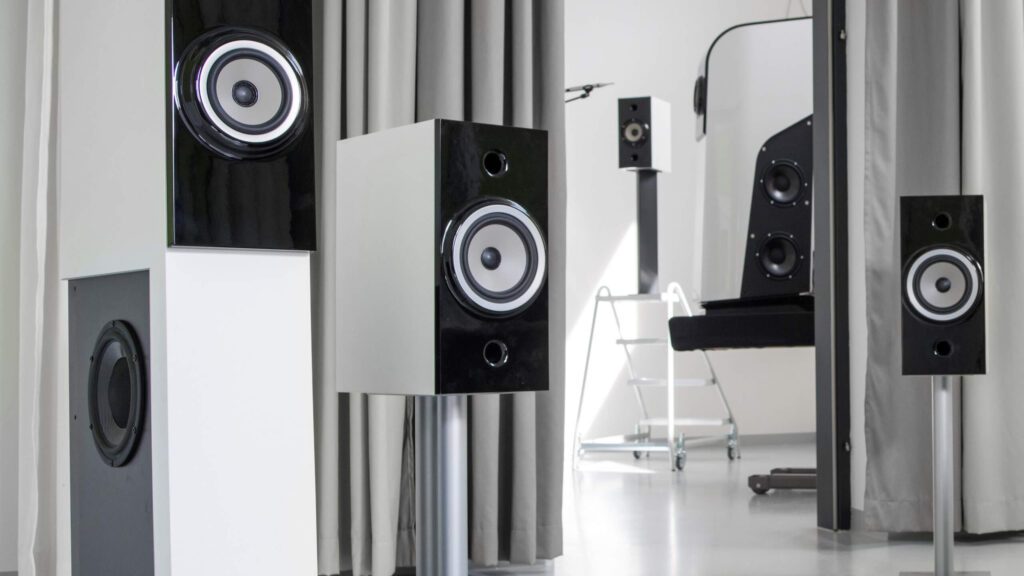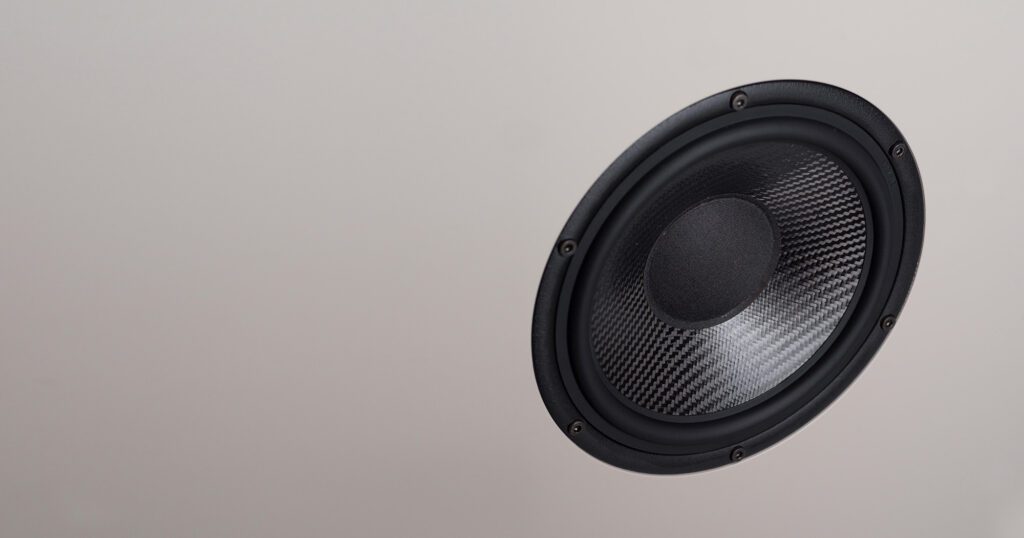Technology
The perfect sound lies in the detail
The Chassis
Our coaxial chassis
In our Art series and Nature series, we use a coaxial chassis with a beryllium tweeter and a magnesium midrange or bass-midrange driver.
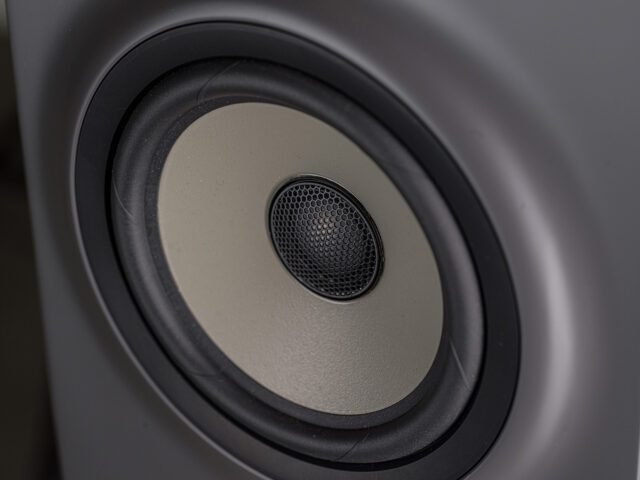
Very close to the point source of sound
In a coaxial chassis, the tweeter is placed in the acoustic center of the midrange or bass-midrange driver. This design enables perfectly symmetrical dispersion in all directions and brings us very close to the ideal of the point source with simultaneous dispersion of the tweeter and midrange/bass/midrange driver.
The result is a sound image with extremely precise spatial imaging and outstanding depth. The localization of individual instruments is outstanding, and we create a soundscape that offers you an incomparable musical experience.
Simultaneous dispersion of midrange and tweeter
In our quest for near-perfect sound, we attach great importance to simultaneous sound dispersion.
This means that the sound generated by the tweeter and the midrange or bass-midrange driver travels the same distance to the listener.
Technically, this is referred to as a constant group delay of the tweeter and midrange or bass-midrange driver. We achieve this almost perfectly with our coaxial chassis.
This simultaneous sound dispersion allows you to experience not only the arrangement of the instruments in the room, but also the acoustic conditions of the recording room in a more realistic way.
Beryllium tweeter
Beryllium is characterised by its unique combination of rigidity and mass. In other words: The hardness-to-weight ratio is very good.
Its superior speed of sound compared to other materials is another advantage of this material.
Beryllium also has excellent self-damping properties.
The sum of these properties makes it the ideal material for precise and fast tweeters that do justice to every nuance of sound.
The result is an exceptionally clear and clean sound that brings out the finest details of every recording. By using beryllium tweeters, previously undiscovered nuances and subtleties that were previously hidden become audible.
Magnesium midrange and bass-midrange drivers
Magnesium is an ultra-lightweight metal. It is characterised by its extreme rigidity and good internal damping. This allows the diaphragm to work in an optimised piston shape. Partial vibrations are also significantly reduced by magnesium. The decay behaviour of the chassis also benefits from this lightweight material.
The result is a much clearer and distortion-free reproduction of the mid-range, which further improves the sound quality.
Our woofer chassis
Our Art One.2 uses a handmade woofer with a carbon fibre cone.
Carbon fibre is an extremely light and extremely rigid material – the ideal material for a woofer chassis.
The woofers are manufactured in Germany especially for our requirements.
Special fastening
of the chassis
The findings of the finite element method were implemented in a special way of fastening the chassis.
Instead of being attached directly to the cabinet, they are now braced to the cabinet by means of an internal, anti-magnetic counter ring.
Thanks to this extremely stable connection, the sound is reproduced with even greater clarity and precision.
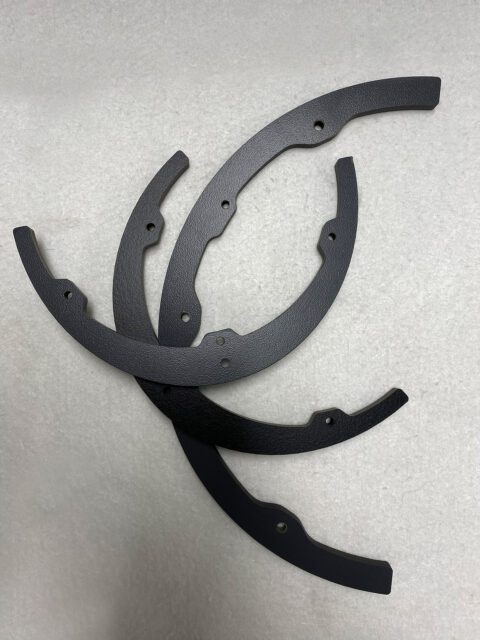
Resonance-optimised enclosure
Our history is characterised by continuous development. We have always been on the lookout for innovative methods to continuously improve sound quality.
Instruments are sound generators, while loudspeakers are sound reproducers. It is therefore crucial that loudspeaker cabinets are developed and built in such a way that they neither resonate nor produce their own sounds.
Two different methods have helped and continue to help us in the development of resonance-optimised enclosures.
Interferometric
method
As early as 1987, the advantages of a loudspeaker enclosure whose inner chambers were lined with steel ball-filled mats were investigated as part of a diploma thesis at the Frauenhofer Institute – at that time still by ‘Audiodata Elektroakustik GmbH’. A laser-controlled interferometric method was used to measure the resonance advantage over a conventional loudspeaker enclosure.
These mats consist of small chambers filled with tiny steel spheres. Microscopically small movements of the spheres in the chambers optimise the resonance of the loudspeaker enclosure. The disturbing resonance of the cabinet is almost completely absorbed by this method. The result is a uniquely clear, precise sound image in which you can only hear the speaker chassis.
Since this study, all our speaker enclosures have been lined on the inside with felt-covered steel ball mats.
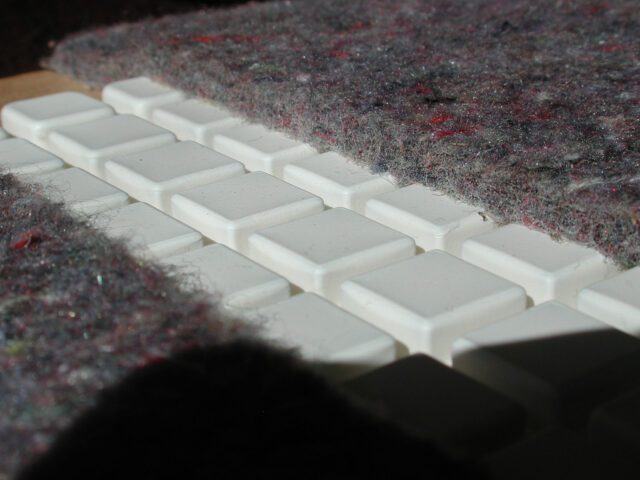
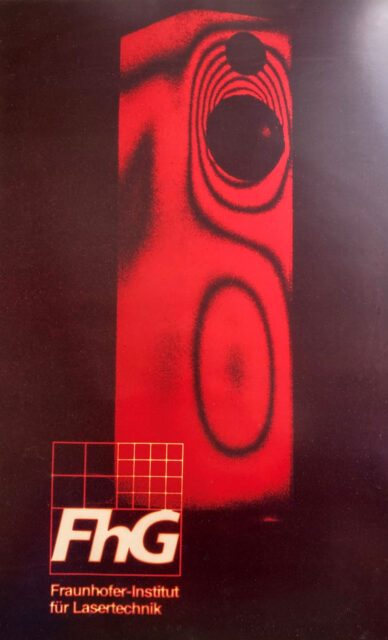
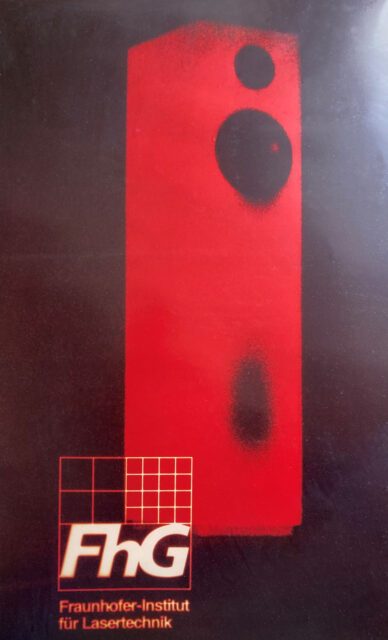
Finite element method
In 1996, the finite element method was used for the development of the timeless classic ‘Elance’ in the course of another diploma thesis – at that time still from ‘Audiodata Elektroakustik GmbH’.
A decisive step for the optimisation of loudspeaker enclosures.
As part of a project with crane manufacturer Palfinger in 2018 – now already in Salzburg – we analysed the housing of the Art Two using the finite element method.
The aim of this project was to find out which forces act on the chassis mounting in the enclosure and on all enclosure parts due to the deflection of the chassis cone. This made it possible to localise and subsequently reduce or eliminate corresponding cabinet deformations and weak points.
High-quality interior cabling
The result of all our endeavours is the LS-CU-4 cable manufactured especially for us
In close collaboration with a renowned German cable manufacturer, we have developed an exceptional cable that not only meets our highest standards of sound quality, but also overcomes technical challenges to offer an unrivalled sound experience.
Our main focus was not only on fine-tuning the sound, but also on minimising technical stumbling blocks such as the skin effect, the proximity effect and runtime differences in the cable.
The skin effect, in which low tones flow through the entire strand and high tones only on the outside, harbours the risk of phase shifts. We have optimally minimised this phenomenon by using numerous thin strands.
The proximity effect describes a loss that can occur in parallel electrical conductors and has a negative effect on the sound. Together with our German supplier, we have optimised this problem through an innovative approach to cable design so that the resistance remains uniform with increasing frequency, while the choice of insulation material for the individual conductors also plays a decisive role in sound quality. By using high-quality Teflon as an insulator, we minimise unwanted effects and thus increase sound purity.
Copper – with its outstanding electrical conductivity – was specially selected because it fulfils our sound requirements and is a perfect match for our loudspeakers.
The result of all our endeavours is the LS-CU-4 cable manufactured especially for us
- Each of the four conductors consists of 322 thin strands with a diameter of 0.10 mm.
- The conductor material consists of high-purity copper with a purity of 99.9 %.
- High-quality Teflon FEP serves as an insulator to minimise unwanted effects.
- A special polypropylene tape keeps the four conductors mechanically separated from each other.
This ingenious combination of cable construction and materials enables outstanding resolution across the entire frequency range and thus ensures an unrivalled sound experience in the low, mid and high frequencies.

High-quality crossover components
made in Germany and Denmark
All crossover components are manufactured in Germany and Denmark.
We invest a great deal of time and effort in fine-tuning our speakers. During extensive and intensive listening sessions, countless variants and combinations of coils, resistors and capacitors are tested and optimised.
This is how we determine the best component combinations that lead to a perfect sound image for the loudspeaker.
Such a development phase lasts several months, with the goal always being a flawless sound experience.
Only when test listeners and professional audiophiles alike are satisfied with the result is the speaker considered finished.
The crossovers are housed in a separate closed chamber in the speaker enclosure. This is the only way to ensure that no direct sound waves cause the crossover components to vibrate.
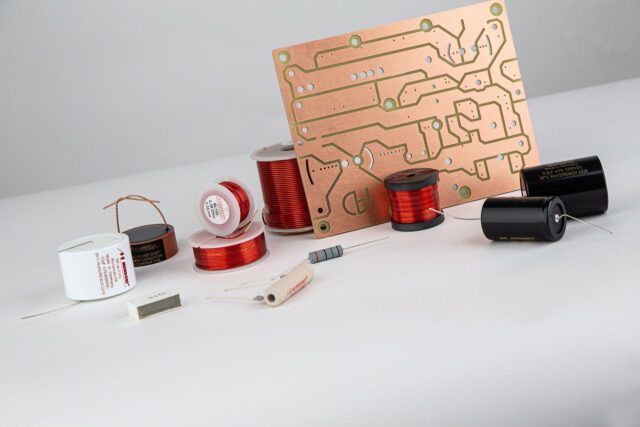
Resonance-optimised
crossover network
To get even closer to the goal of perfect sound, the crossovers are coated with C37 Ennemoser violin varnish.
This varnish consists of valuable natural resins and natural oils, which are produced in a special mixing ratio.
Coating the components and crossovers with this special lacquer reduces resonances. This means that the components vibrate less, resulting in a sound that is more natural and calm. The sound becomes clearer – without discolouration – and appears more high-resolution than ever before.

